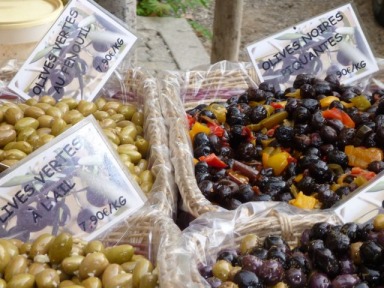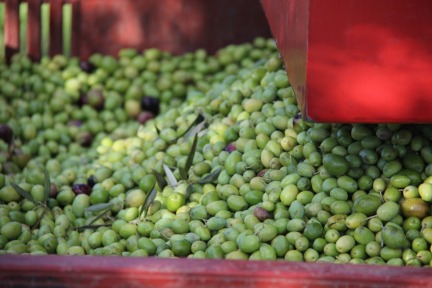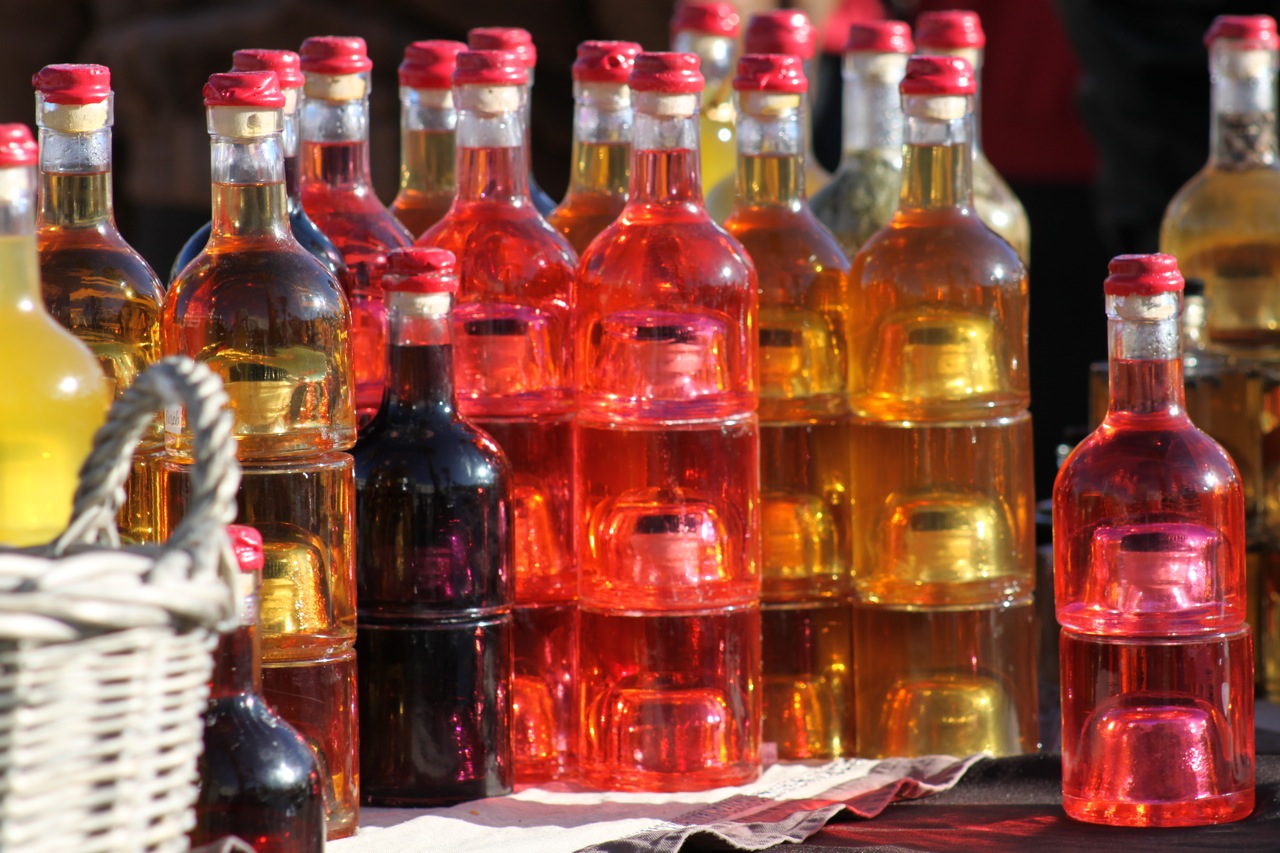A trip to the grocery store can be confusing. How do you choose between farm-raised, wild, organic, omega-3, free-range, local, grass-fed, pesticide-free and all natural?
And that is just for eggs.

By this time, you have determined that your diet should include some olive oil. Then, the question is what kind and how to find a decent one?
Here, are just a few of the descriptors you might find on an olive oil label:
- A.O.C.
- Extra-virgin
- First-pressed
- D.O.P
- Stone-pressed
- Imported from Italy
- Cold-pressed
- Unfiltered
What to believe?

Olive oil can be found in a variety of grades, extra virgin is derived from the first pressing. However, unless you are familiar with the source beware, as there are many inferior quality products on the market. According to the book, by Tom Mueller Extra Virginity, The Sublime and Scandalous World of Olive Oil, the industry is at best corrupt.
The Provençal summer sun is ideal for olive groves and grapes, and a little less so for Mr. Ginger. Olive trees thought to have originated in Northern Africa grow readily in countries bordering the Mediterranean and in other regions with similar climates.

The olive branch has long been a symbol of peace and abundance. Cuisine and religion unite around this tiny fruit, even it ideology does not. Countries as diverse as Spain and Israel use olives and the beneficial oil in their native recipes. Both, the Bible and Quran have multiple references to the powerful olive – maybe we are not so far apart after all.
This resilient tree is not particularly tall, it stands on a trunk that is strong as steel. The plant is drought resistant. It is rare that a heavy frost or extreme cold will kill the roots. Although, this may not be the original intent olive groves serve as firebreaks when a forest fire is raging.

The annual cycle for olives requires patience. In late spring, tiny white buds finally appear on the trees. These flowers are extremely small and hard to distinguish from a far. Slowly the flowers turn into tiny, pinkie nail sized green buds. As the summer months march through scorching sunny days, olives grow to full size (a large marble). Eventually, in late fall the olives begin to turn from green to black.
Olives are harvested by hand in Provence, as a hard frost will affect the quality and quantity of oil. The timing for the olive harvest is a bit like the Goldilocks story not too ripe, not too green, no frost damage, not too much water and just enough sun…

At the right moment, olives are collected by hand, using a combination of hand-held rakes, nets and lots of hard work. The bounty is then taken to a local, reputable mill and weighed. The olives are rinsed and then pressed at a low temperature in order to release the heart-healthy oil. The oil is then siphoned into metal containers for storage. The oil needs a resting period of several months, for the sediment to settle, before it is suitable for use.
Genuine extra virgin oil is the highest quality, produced without solvents and at a temperature of less than 30 Celsius. Read the label taste the oil and purchase the one you like.
Where does your olive oil come from?
Food Travel Tags:
Books, Extra Virgin Olive Oil, Facts about Olives, Food Nutritional Facts, Olive Oil, Provence











